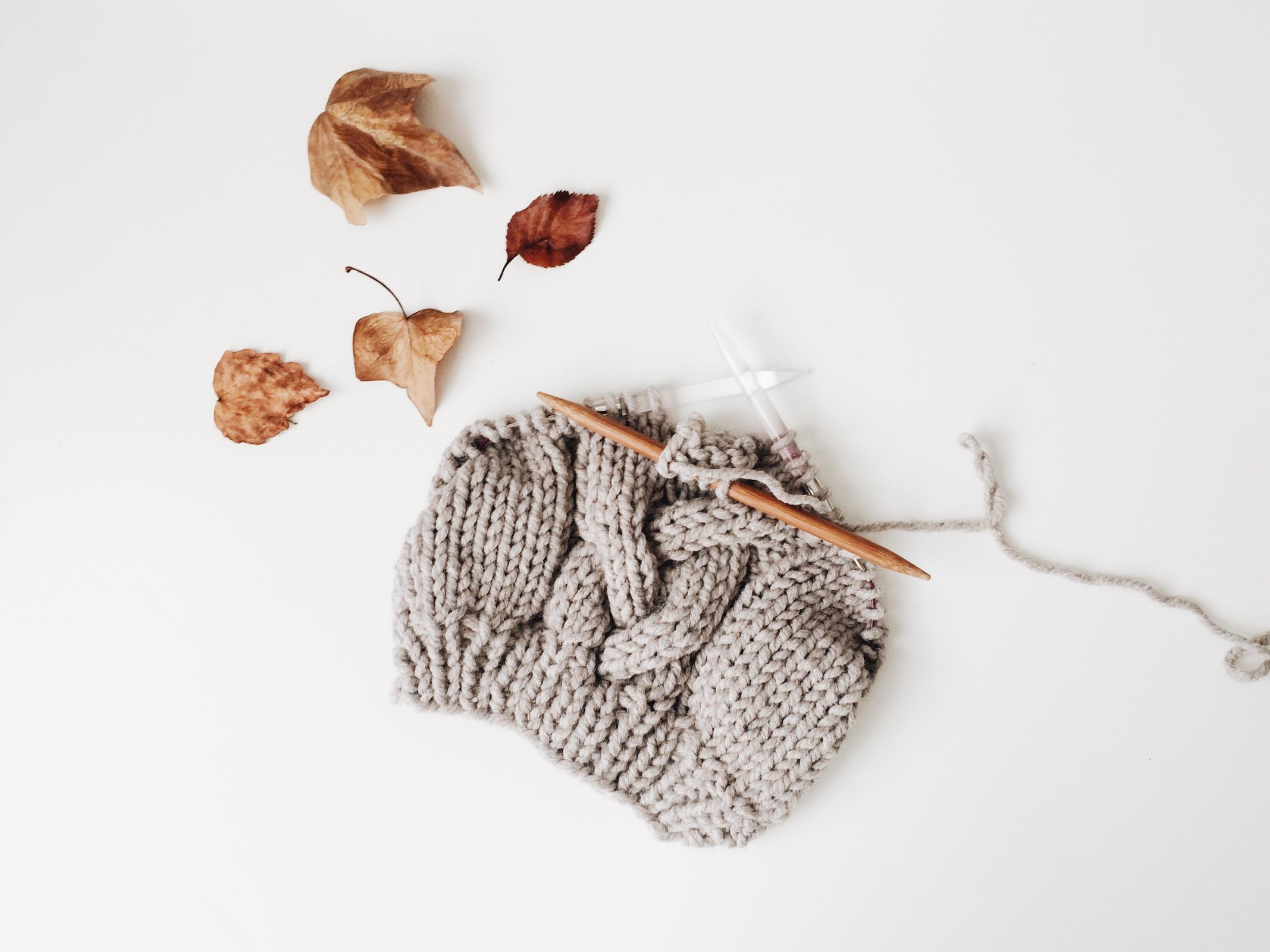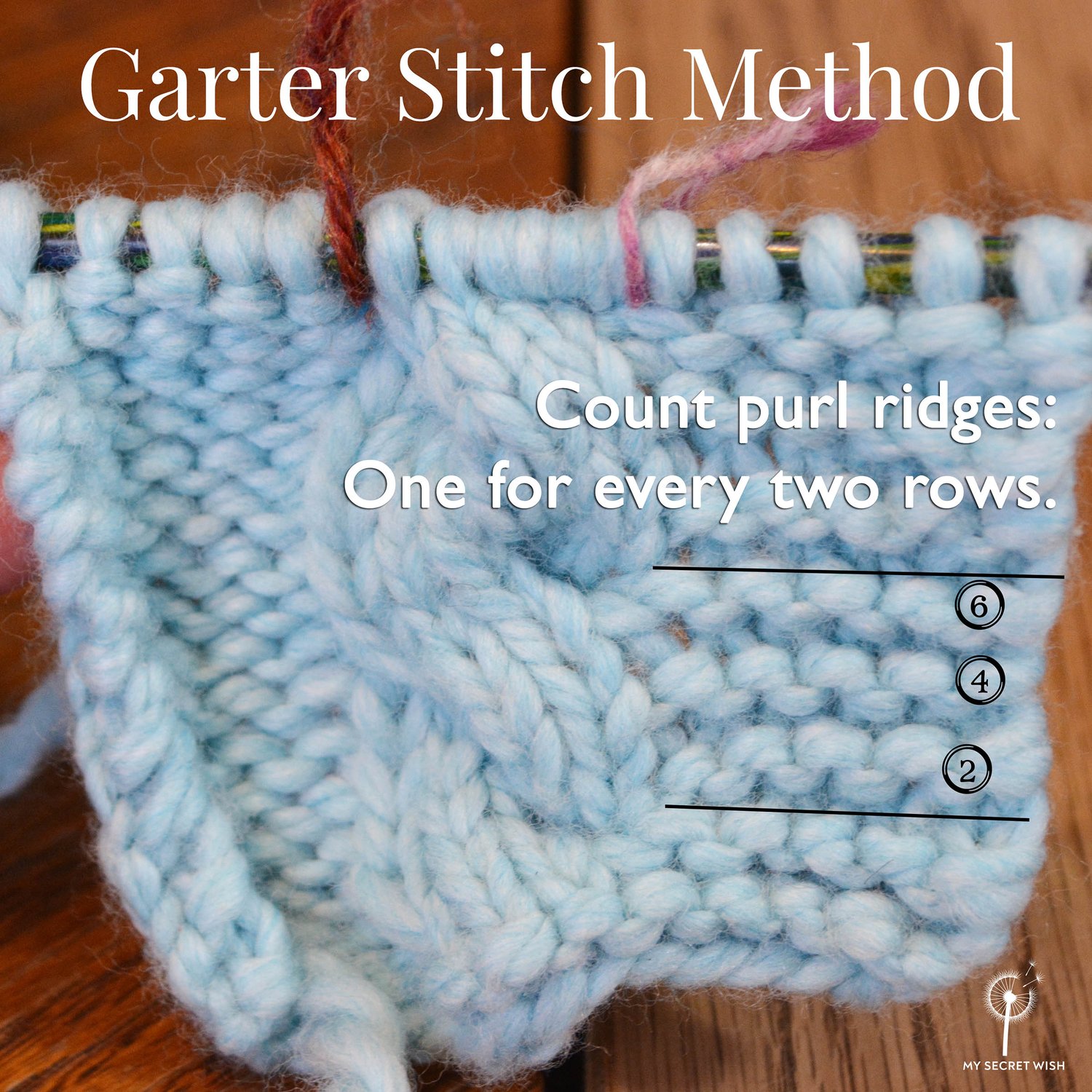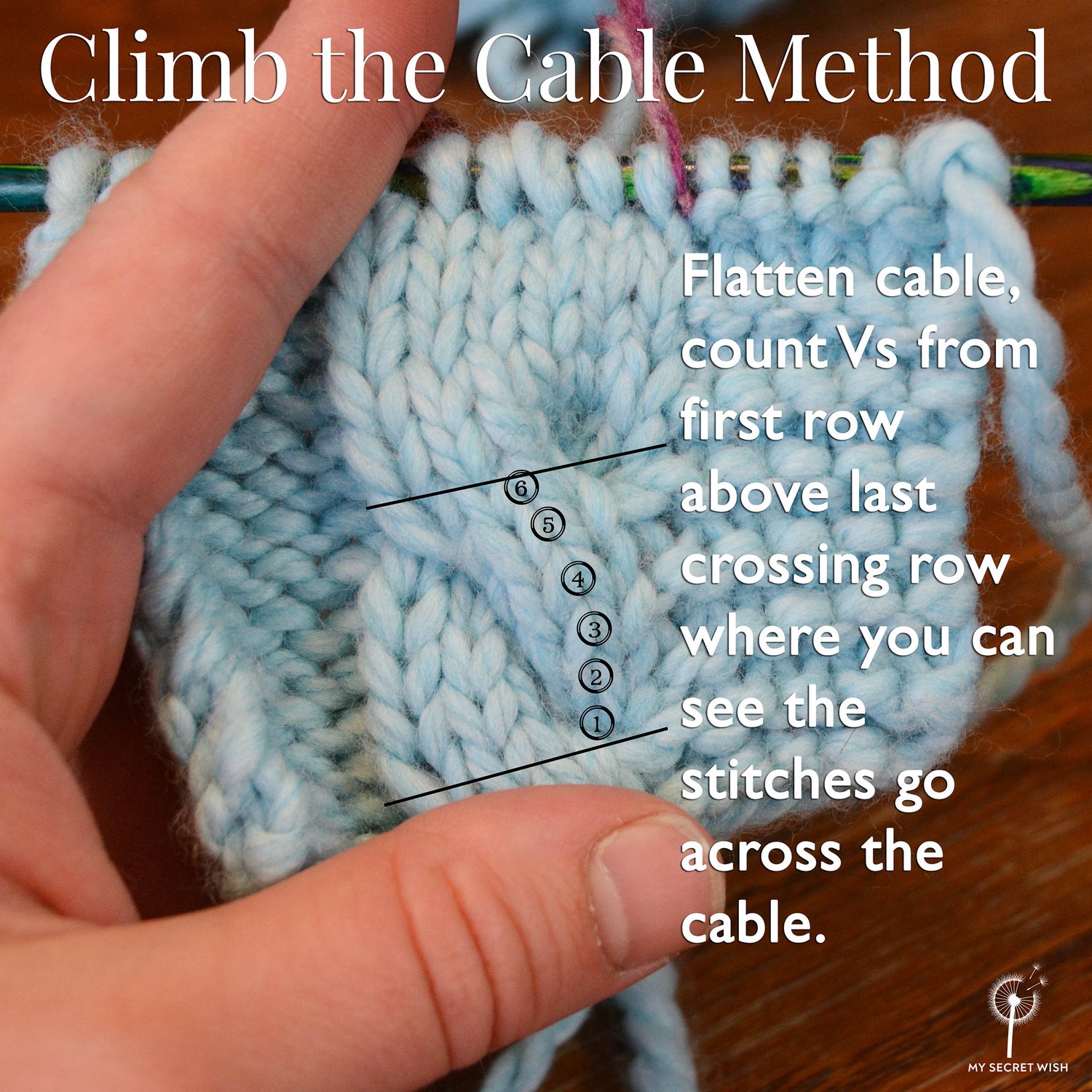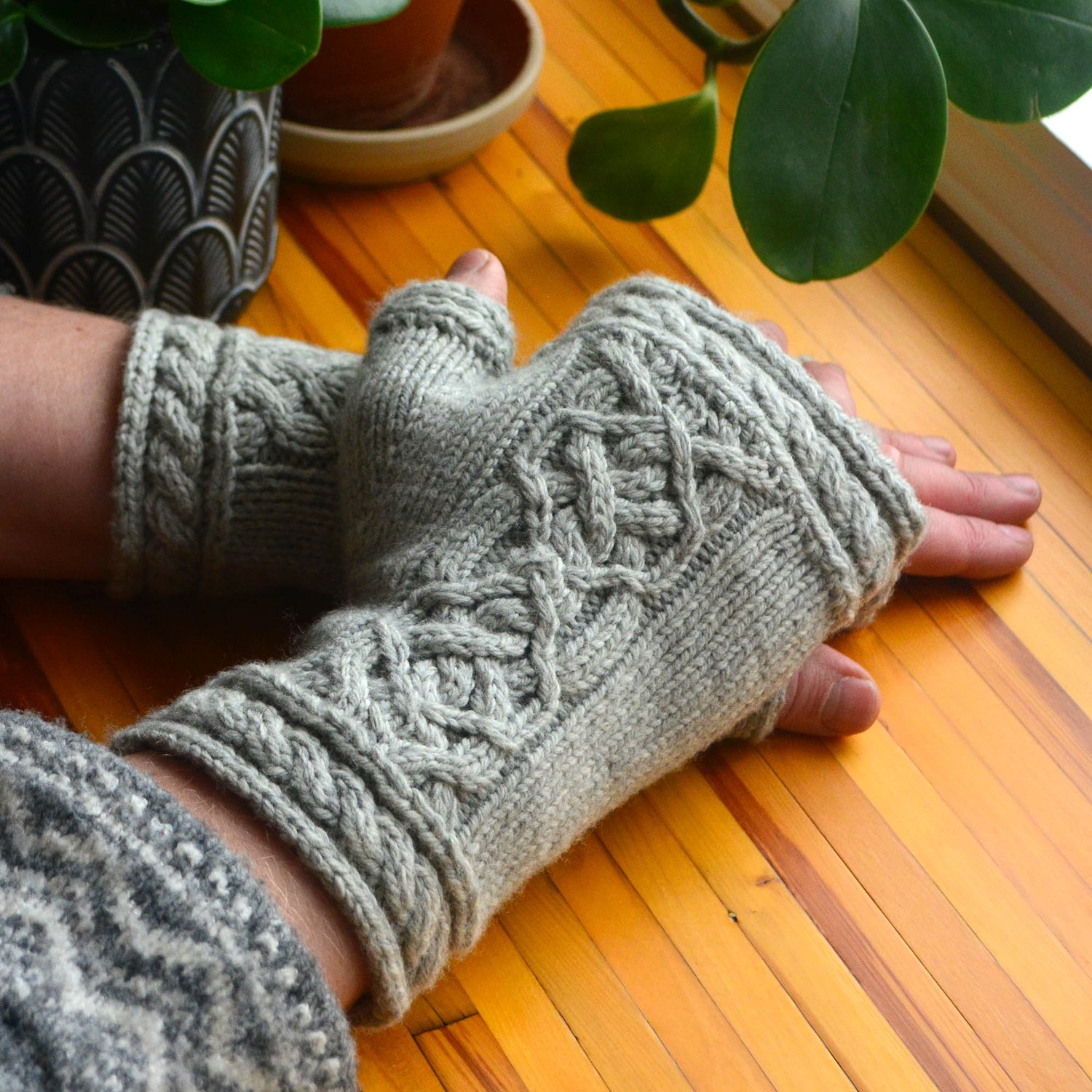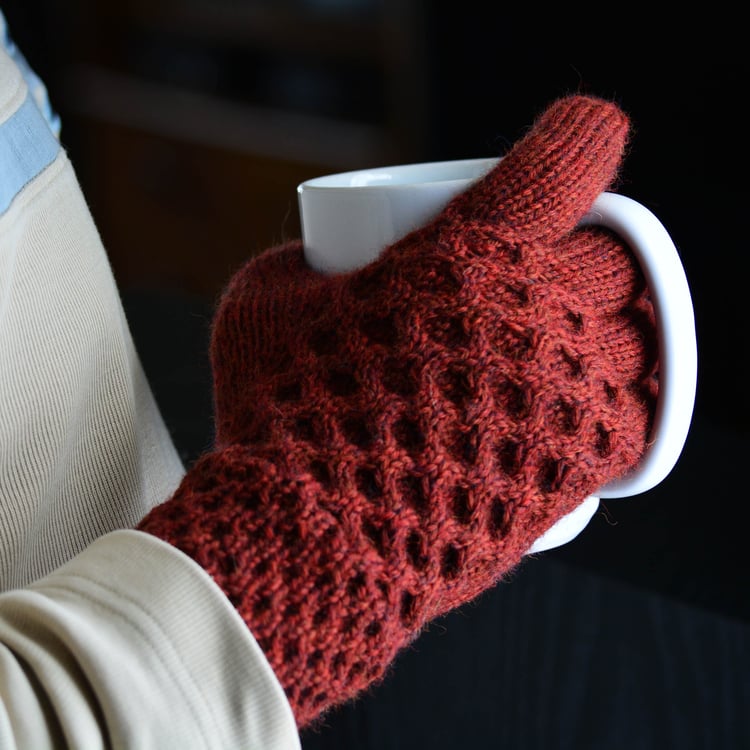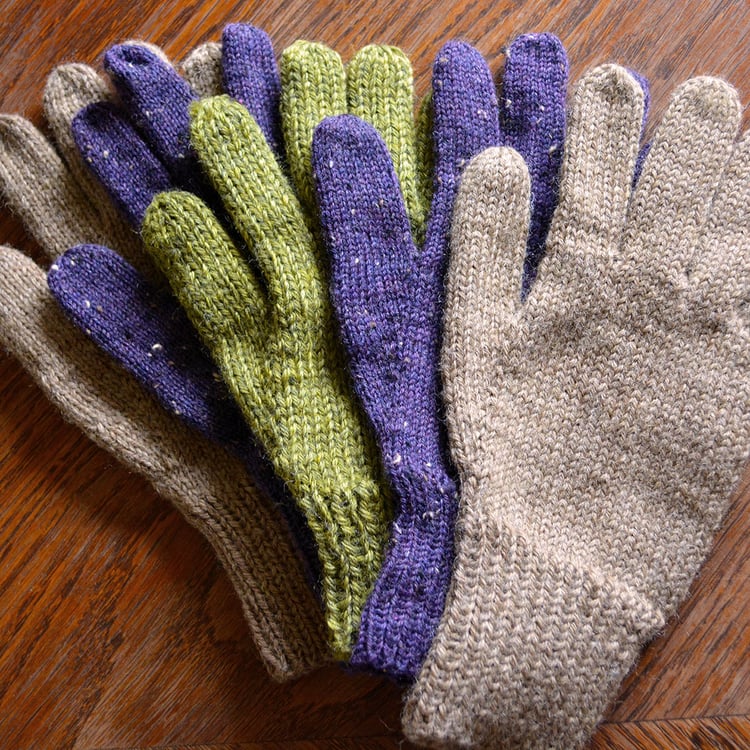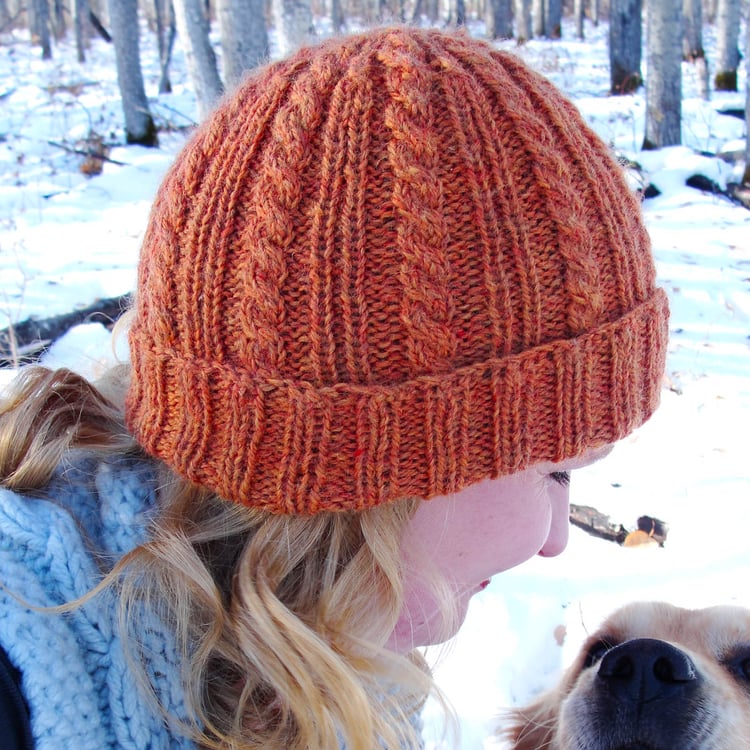Reading Your Knitting 4: Recognize Cable Crossings
Identify where your last crossing row occurred to keep pattern repeats on track.
Knitted texture is one of my absolute favourite things in knitting. I love knits, and purls, and all the combinations thereof. But what I really love is the magic you can make simply by knitting some stitches out of order—also known as cabling.
I started knitting cables early on in my knitting career, which means I have had a LOT of practice learning how to recognize where I am in a cable repeat.
(Humble brag: I once knit an entire hatband for the Lucy Pevensie Tam while a passenger in a nearly-dark vehicle, completing it mostly by feel—and I didn’t even need to unknit later.)
While I can’t promise to pass on my in-the-dark-knitting superpowers through this tutorial, I can promise to show you not one but three ways to recognize when it’s time to do another crossing row on your cable—without that infernal row counter.
If videos are your style, check out the tutorial video (about ten minutes long). If you dig reading stuff, first, knitting high five, and second, read on!


